How To Grow And Care For Hydrangea Arborescens
Introduction
Hydrangea arborescens, also known as smooth hydrangea, is a popular garden shrub that is known for its large, showy flowers. These hydrangeas are native to North America and are hardy in USDA zones 3-9. They grow best in partial shade and well-drained soil.
Smooth hydrangeas come in a variety of colors, including white, pink, blue, and purple. The flowers bloom in the summer and can last for several weeks. Hydrangea arborescens are relatively easy to care for and make a beautiful addition to any garden.
Main Content
Choosing a Location
The first step in growing Hydrangea arborescens is to choose a location. These shrubs prefer partial shade, but they can also tolerate full sun if they are given plenty of water. The soil should be well-drained, but it should also be able to retain some moisture. If the soil is too sandy, it will dry out too quickly, and if the soil is too clayey, it will not drain well.
Planting
Once you have chosen a location, you can plant your Hydrangea arborescens. The best time to plant is in the spring or fall. Dig a hole that is twice as wide as the root ball of the plant. Add some compost or other organic matter to the soil in the hole. Place the plant in the hole and backfill with soil. Water the plant well.
Watering
Hydrangea arborescens need regular watering, especially during the first year after planting. Water the plants deeply once a week, or more often if the weather is hot and dry. Mulching around the plants will help to keep the soil moist.
Fertilizing
Hydrangea arborescens should be fertilized in the spring and fall. Use a fertilizer that is specifically designed for hydrangeas. Follow the directions on the fertilizer label.
Pruning
Hydrangea arborescens can be pruned in the spring or fall. If you prune in the spring, you will encourage the plant to produce more flowers. If you prune in the fall, you will help to shape the plant and remove any dead or diseased branches.
Pests and Diseases
Hydrangea arborescens are generally pest- and disease-resistant. However, they can be susceptible to aphids, scale, and powdery mildew. If you see any pests or diseases on your plants, treat them immediately with an appropriate pesticide or fungicide.
Propagation
Hydrangea arborescens can be propagated from cuttings. Take softwood cuttings in the spring or summer. The cuttings should be about 4 inches long and have at least two nodes. Dip the cuttings in rooting hormone and plant them in a well-drained potting mix. Keep the cuttings moist and in a warm location. They should root in about 4-6 weeks.
Conclusion
Hydrangea arborescens are beautiful and easy-to-care-for shrubs that can add a touch of elegance to any garden. By following these simple tips, you can enjoy your Hydrangea arborescens for many years to come.
If you're looking for more information about hortensia arborescens, I highly recommend visiting . This website is a wealth of knowledge on all things hydrangea, and they have a dedicated section on hortensia arborescens. You'll find everything you need to know about this beautiful plant, from its care and cultivation to its history and symbolism.
In addition to their comprehensive articles, also has a great selection of photos and videos. This is a great way to see hortensia arborescens in all its glory. Whether you're a beginner or an experienced gardener, I'm sure you'll find something useful on .
So what are you waiting for? Visit today and learn more about hortensia arborescens!
FAQ of hortensia arborescens
1. What is Hortensia arborescens?
Hortensia arborescens is a type of hydrangea that is native to North America. It is a deciduous shrub that can grow up to 6 feet tall and wide. Hortensia arborescens is known for its large, showy flowers that bloom in the summer. The flowers can be white, pink, or blue, depending on the soil pH.
2. How do I care for Hortensia arborescens?
Hortensia arborescens is a relatively easy plant to care for. It prefers full sun or partial shade and moist, well-drained soil. The plant should be watered regularly, especially during the summer months. In the spring, you can fertilize the plant with a balanced fertilizer.
3. How do I get my Hortensia arborescens to bloom?
Hortensia arborescens blooms best in acidic soil. If your soil is alkaline, you can add sulfur to lower the pH. You can also fertilize the plant with a fertilizer that is high in phosphorus.
4. What are some common pests and diseases of Hortensia arborescens?
The most common pests of Hortensia arborescens are aphids, scale, and Japanese beetles. These pests can be controlled with insecticidal soap or neem oil. The most common disease of Hortensia arborescens is leaf spot. This disease can be prevented by watering the plant at the base and avoiding overhead watering.
5. How do I propagate Hortensia arborescens?
Hortensia arborescens can be propagated by cuttings or division. To propagate by cuttings, take 6-inch cuttings in the spring or fall. Dip the cuttings in rooting hormone and plant them in a well-draining potting mix. Keep the cuttings moist and in a warm place. To propagate by division, dig up a mature plant in the spring or fall and divide it into two or three sections. Plant the divisions in a well-draining location.
Image of hortensia arborescens
This is a popular variety of hortensia arborescens that is known for its large, white flowers. It is a deciduous shrub that can grow up to 6 feet tall.
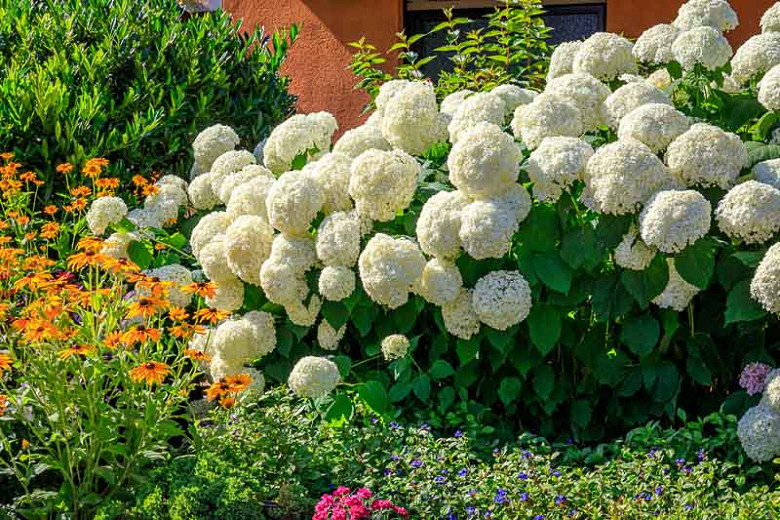
This variety of hortensia arborescens is known for its lime green flowers. It is a deciduous shrub that can grow up to 4 feet tall.
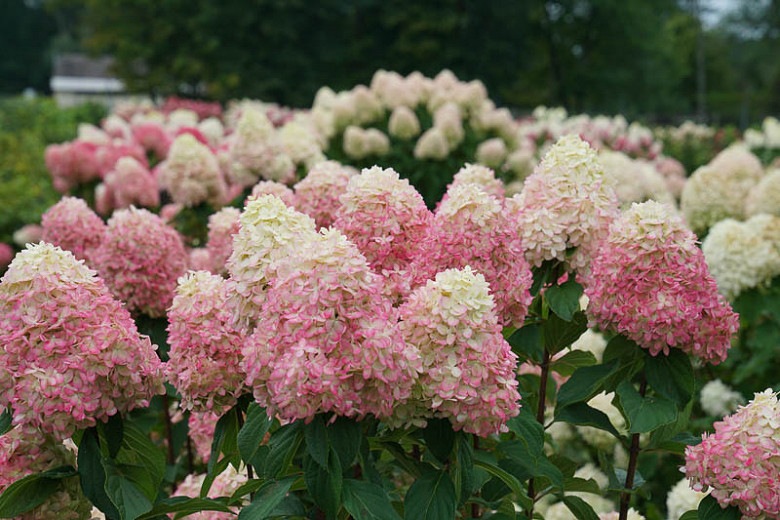
This variety of hortensia arborescens is known for its long blooming period. It can bloom from early summer to fall. It is a deciduous shrub that can grow up to 5 feet tall.
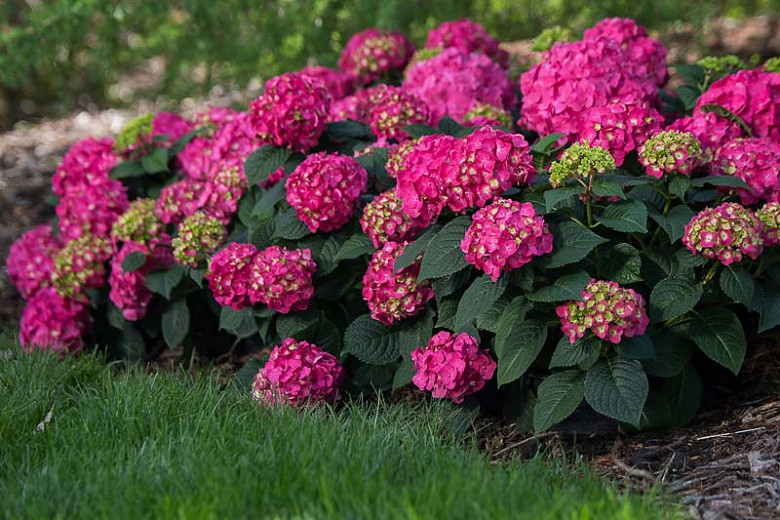
This variety of hortensia arborescens is a pink version of the popular Annabelle variety. It is a deciduous shrub that can grow up to 6 feet tall.
This variety of hortensia arborescens is known for its blue flowers. It is a deciduous shrub that can grow up to 4 feet tall.
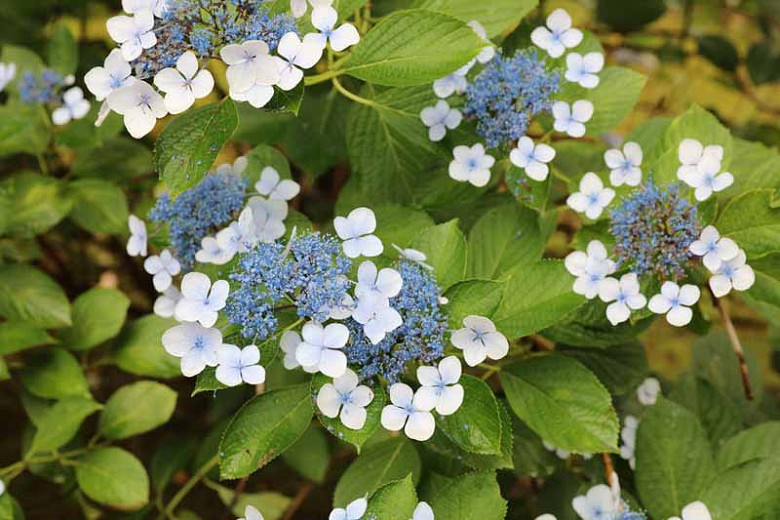

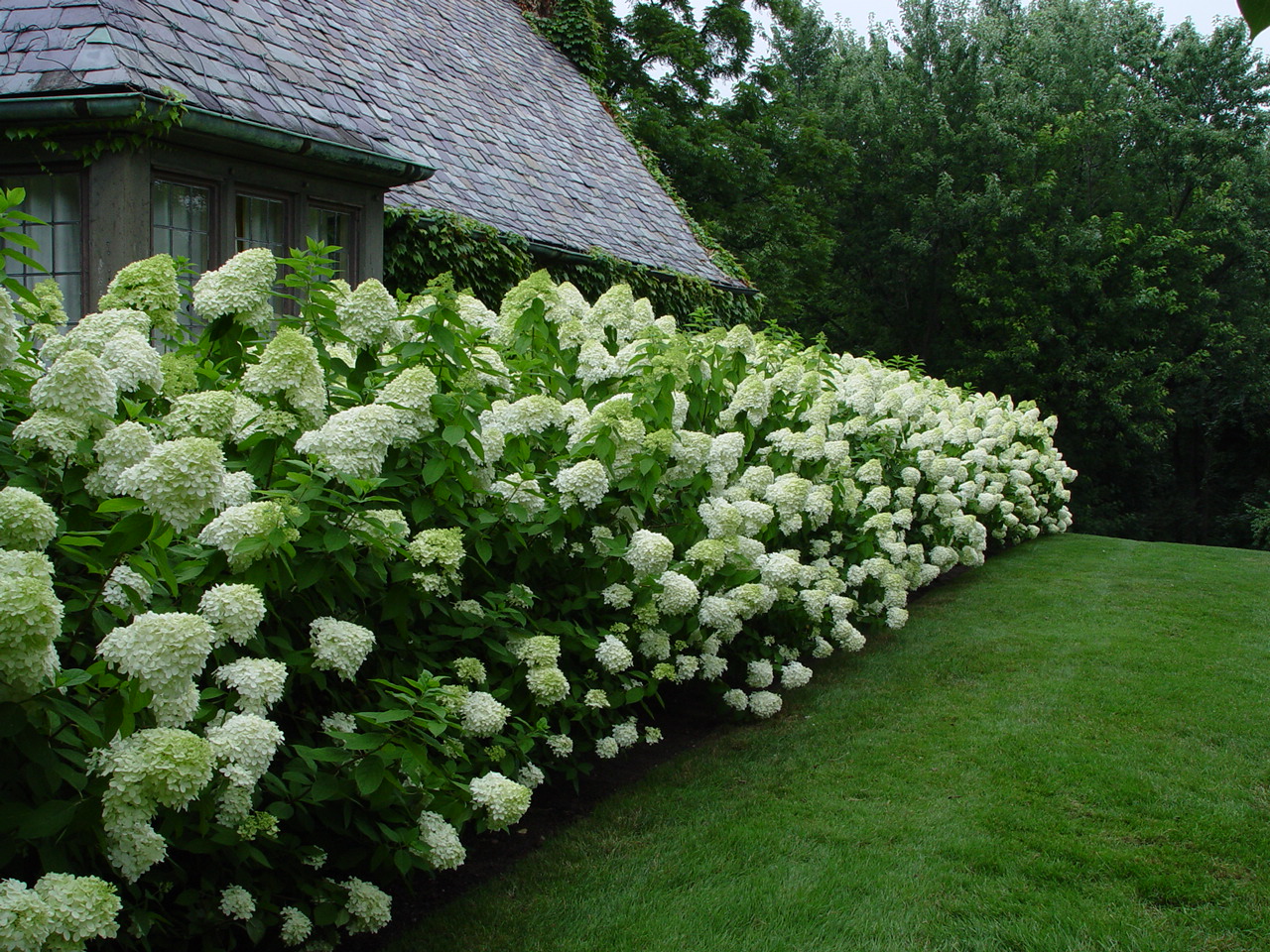
Post a Comment for "How To Grow And Care For Hydrangea Arborescens"